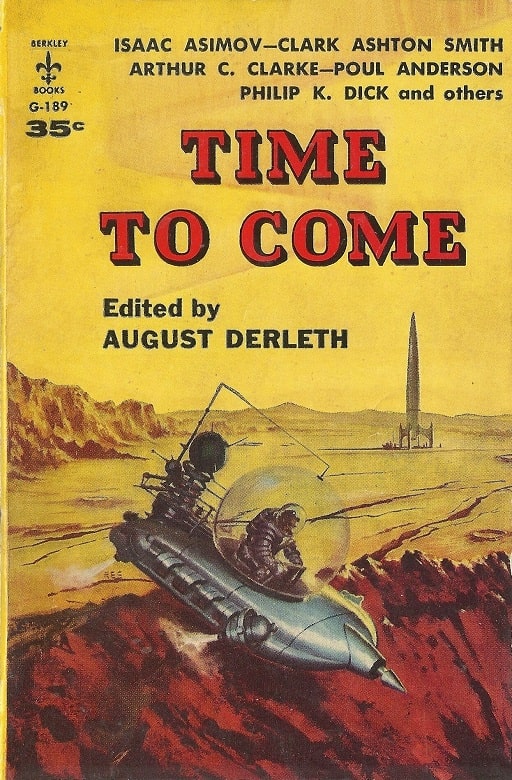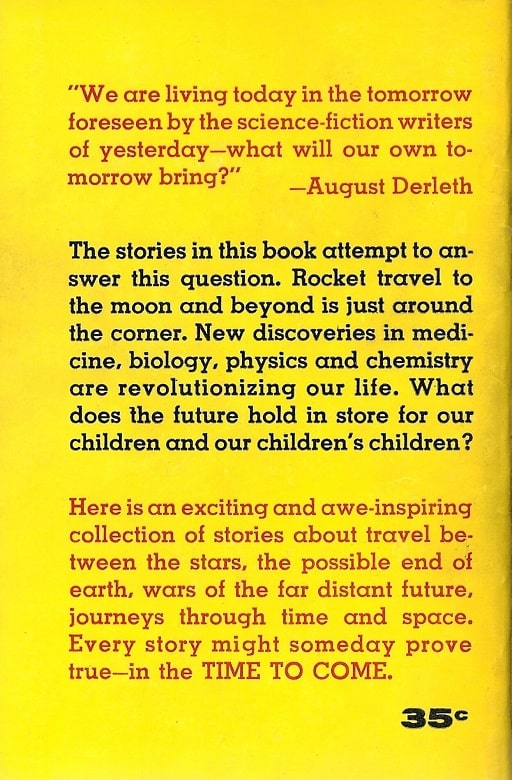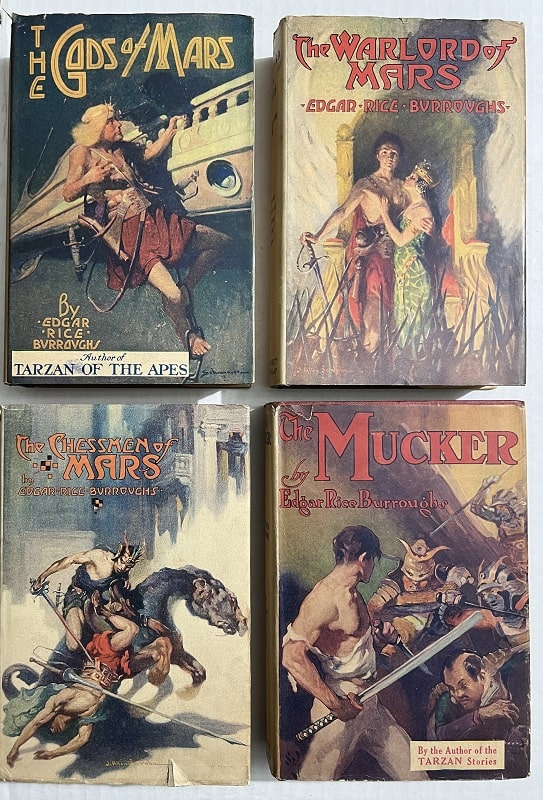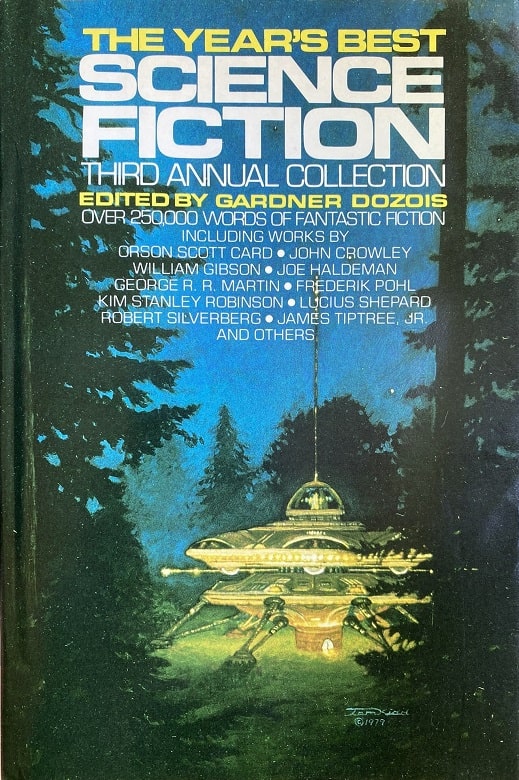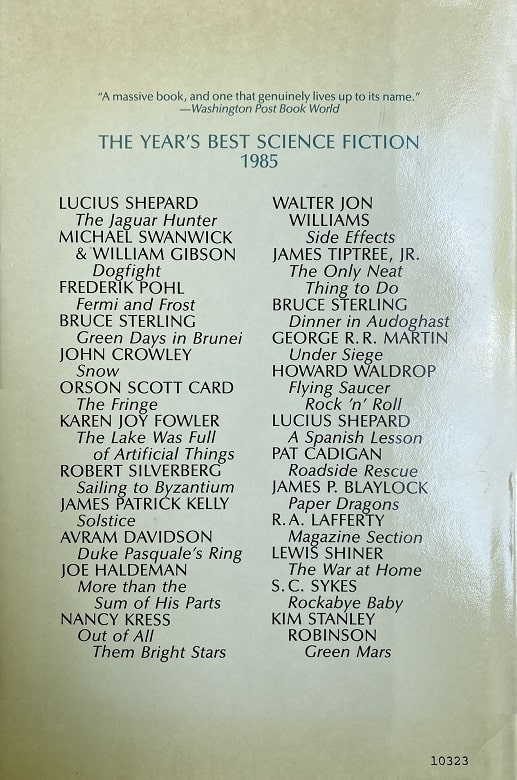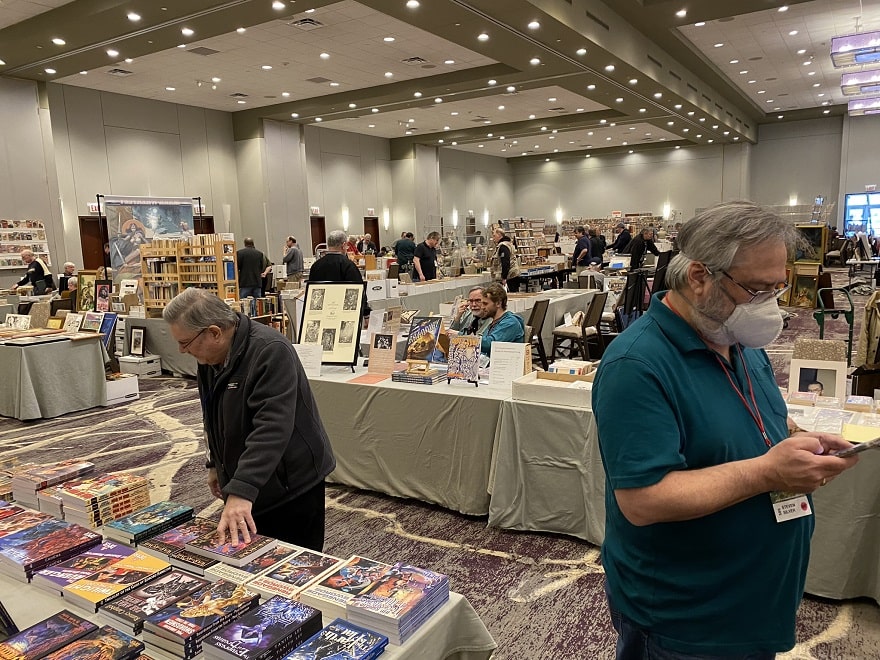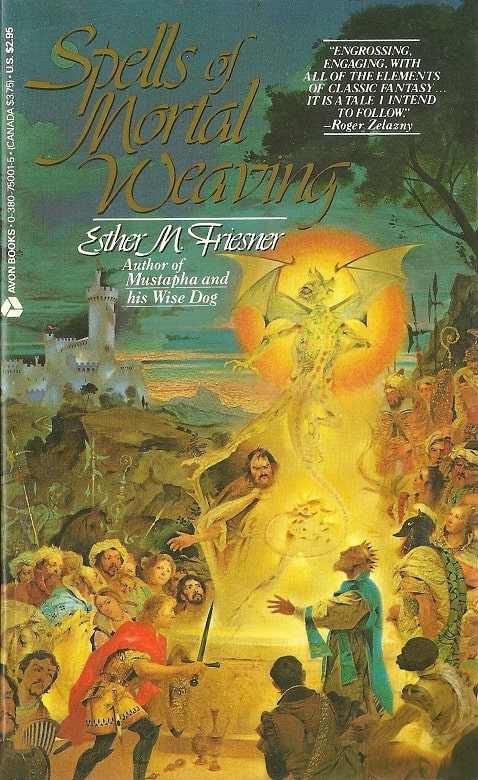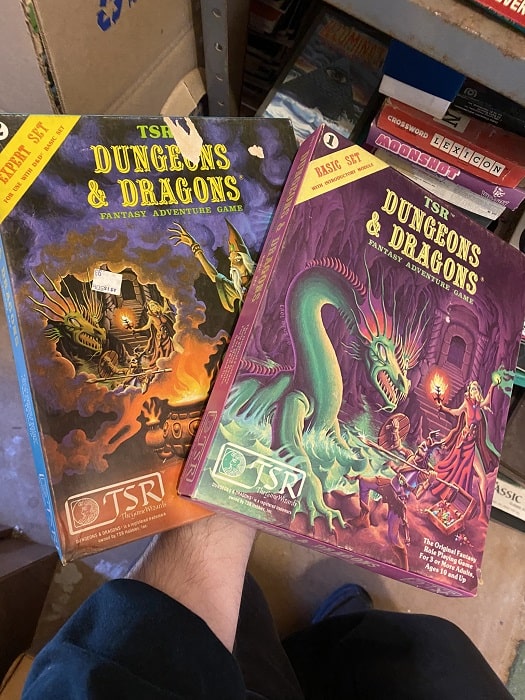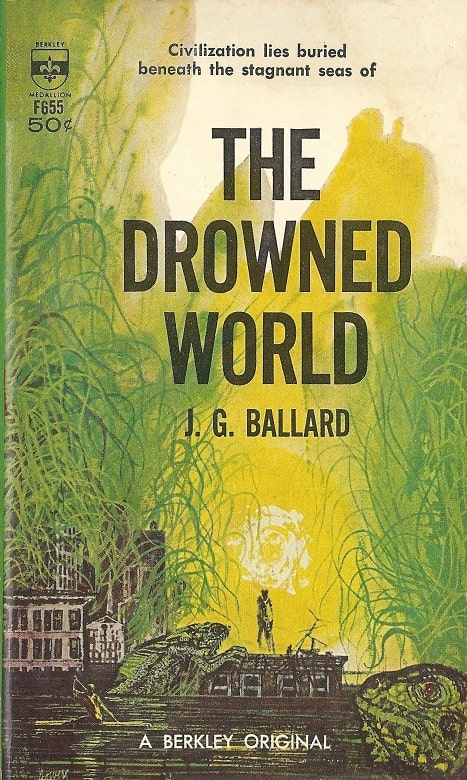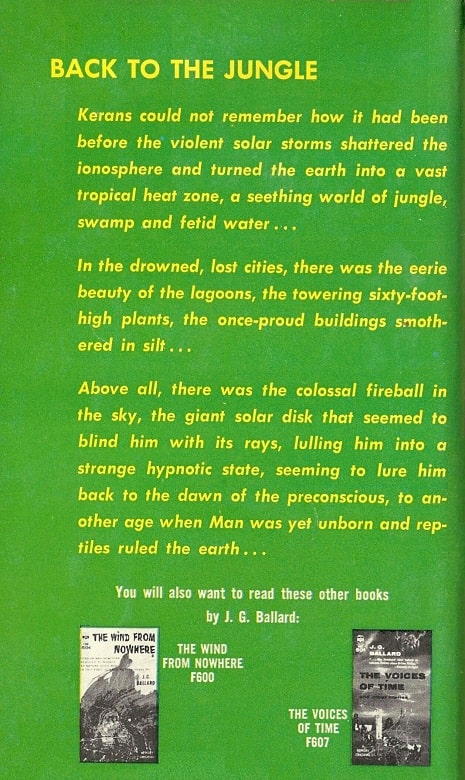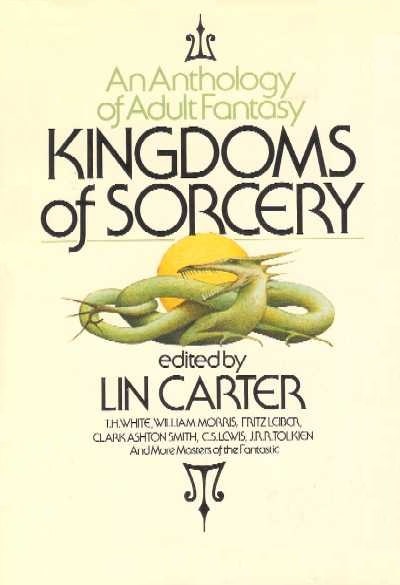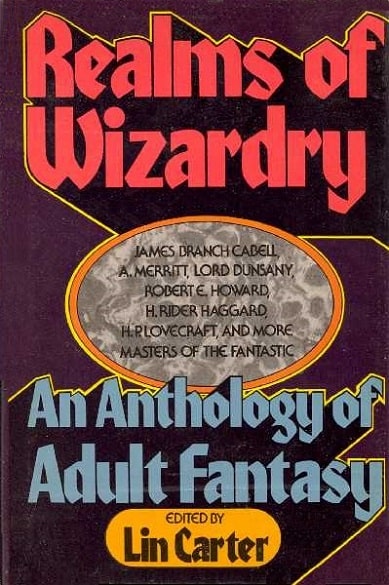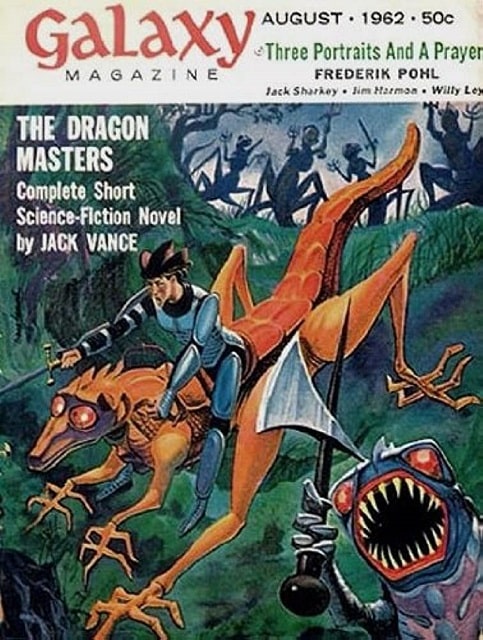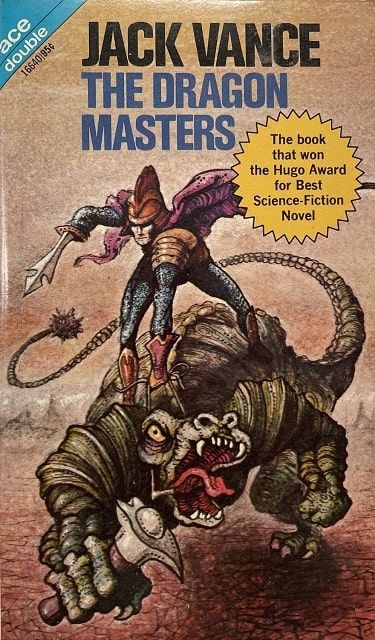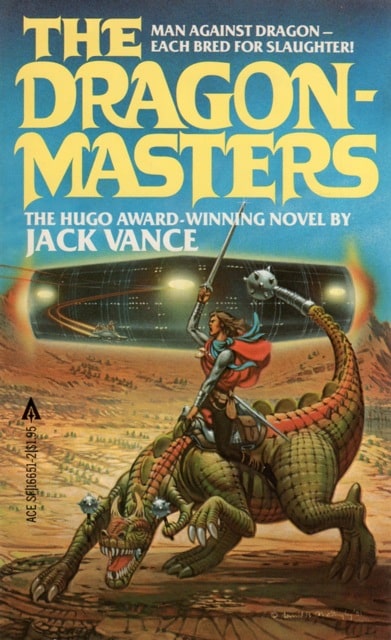Twelve Kingdoms: But For You, Four!
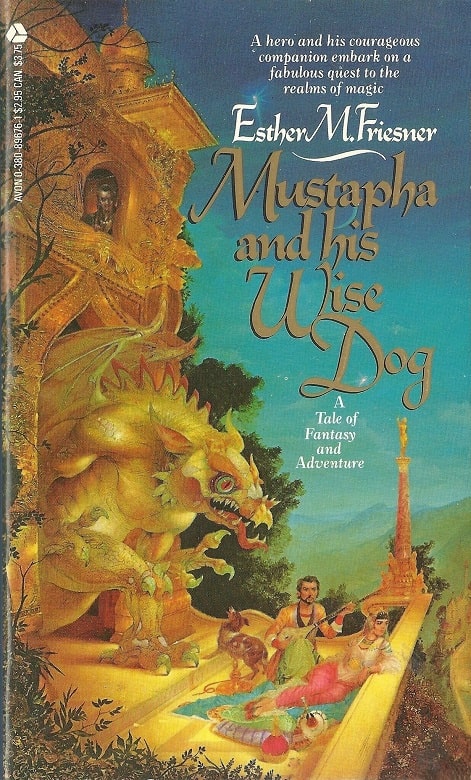 |
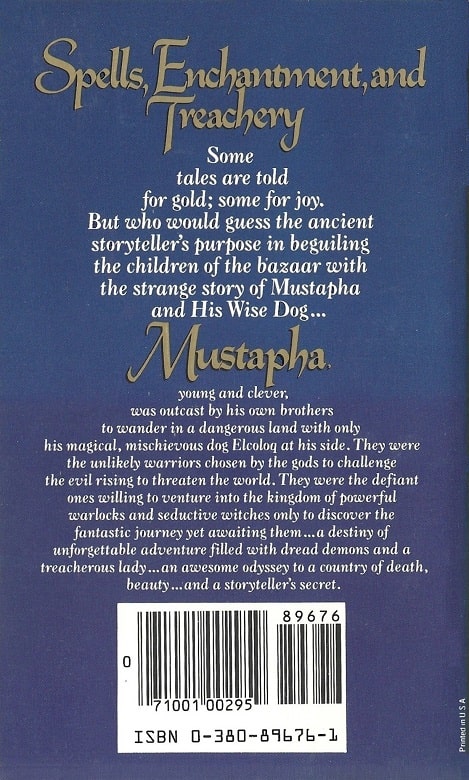 |
Mustapha and His Wise Dog (Avon, July 1985). Cover art by Richard Bober
You always remember your first time.
Indeed you do, even when it’s actually your second time, but we’ll get to that.
My first novel to see print was Mustapha and His Wise Dog, a fantasy set in the world of the Twelve Kingdoms. The series got its start when I should have been doing my homework. I blame my friend Shariann Lewitt (a.k.a. S.N. Lewitt). Picture it: Yale University, the 1970s. We were both a part of a group of friends who ate together in the dining room of the Hall of Graduate Studies. We might have come from different departments (Spanish, Linguistics, Computer Science, Philosophy, to name but a few) or even different schools (Shariann attended the Yale School of Drama) but we enjoyed each other’s company and became the self-dubbed Stream of Consciousness Table.
Don’t ask.
